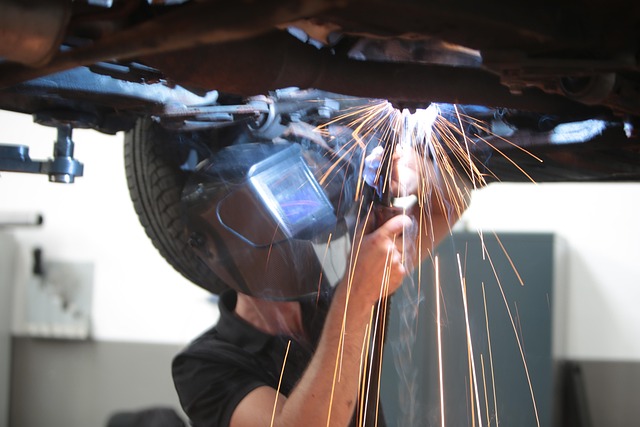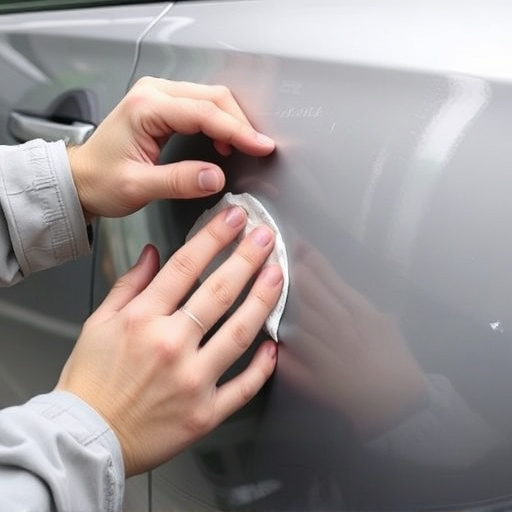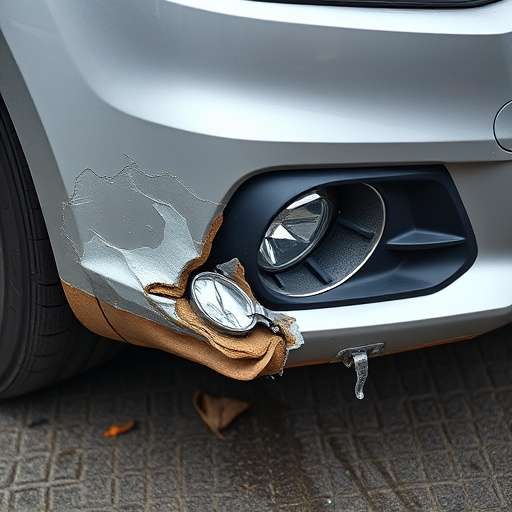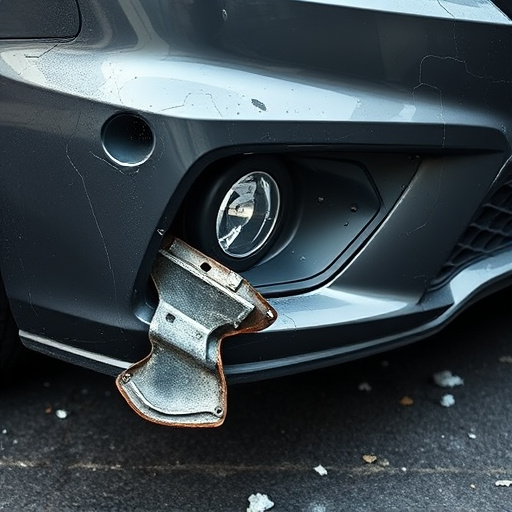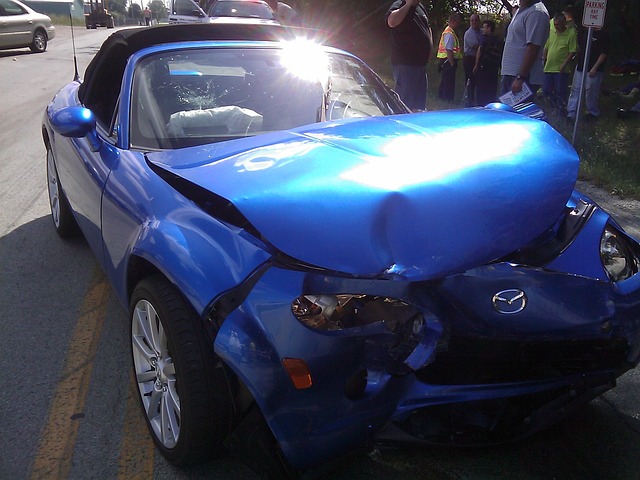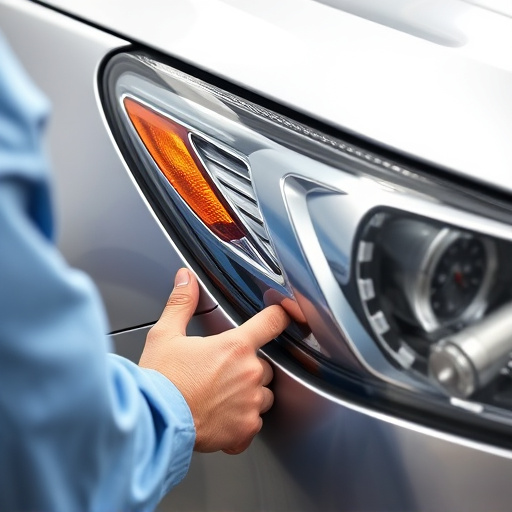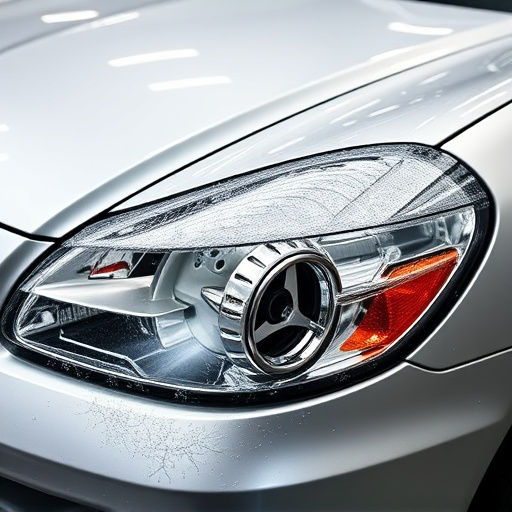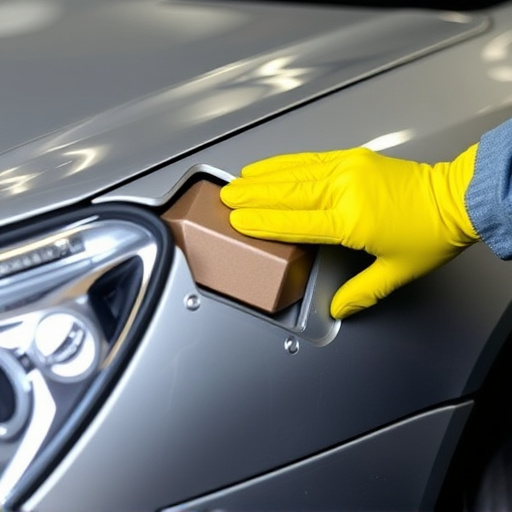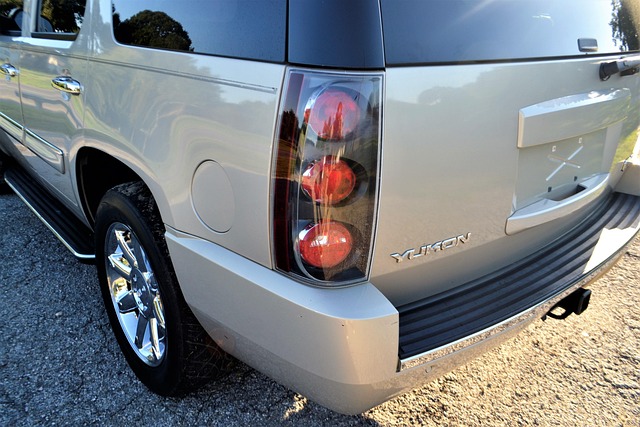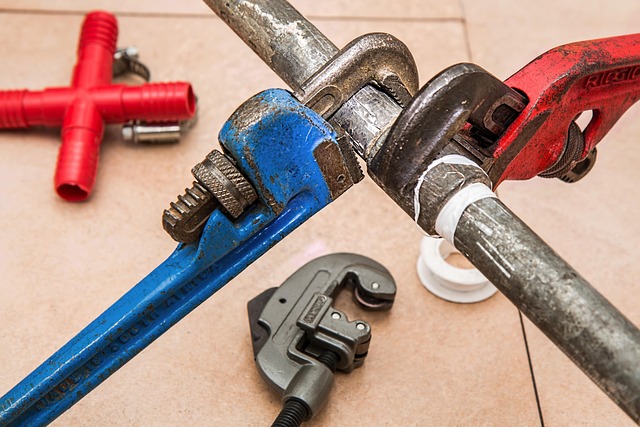By 2025, quality windshield replacement becomes paramount in the evolving automotive industry due to advanced driver assistance systems (ADAS) and safety standards. Revolutionized methods using stronger glass and automation enhance precision, reduce disruption to vehicle integrity, and lower labor costs while prioritizing environmental sustainability through glass recycling and repurposing.
In 2025, as technology advances and sustainability becomes a priority, one aspect of automotive maintenance remains paramount: windshield replacement. Safety is not negotiable when it comes to clear, unobstructed vision for drivers and passengers. This article explores why high-quality windshield replacements are crucial, highlighting technological advancements that enhance repair precision and environmental considerations in the recycling and disposal of old windshields.
- Safety First: The Unwavering Need for Quality Windshield Replacement
- Technological Advancements: Enhancing Windshield Repair and Replacement in 2025
- Environmental Impact: Sustainable Practices in Windshield Recycling and Disposal
Safety First: The Unwavering Need for Quality Windshield Replacement
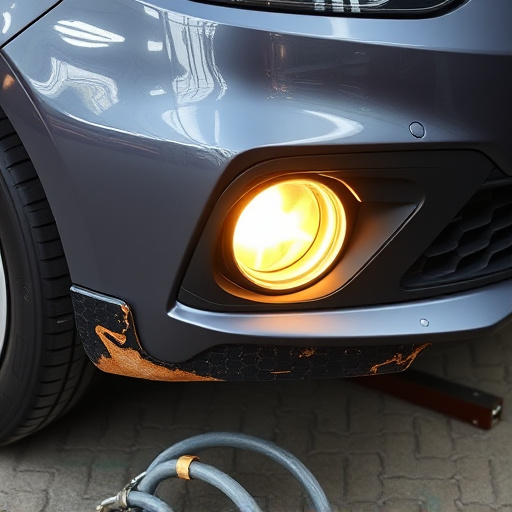
In today’s fast-paced world, where technology constantly evolves and new safety standards emerge, one aspect remains unwavering in its importance: the need for quality windshield replacement. As we step into 2025, it’s crucial to recognize that a vehicle’s windshield is not merely a window but a critical component of overall safety. Advanced driver assistance systems (ADAS) and autonomous vehicles are gaining traction, emphasizing the role of clear, intact glass in enhancing these technologies’ effectiveness. Any compromise on quality or skill during replacement can impact these life-saving features, making it a non-negotiable aspect of car repair services.
Windshield replacements go beyond ensuring optimal visibility for drivers; they are also essential in preventing accidents and mitigating the severity of injuries in case of collisions. Auto collision centers are often the first line of defense against these risks, providing specialized windshield replacement services as part of their comprehensive auto repair services. With advancements in materials science, modern windshields offer enhanced impact resistance, crucial for maintaining structural integrity during a crash. Thus, prioritizing quality replacement not only keeps drivers safe but also upholds the safety standards expected in the automotive repair industry.
Technological Advancements: Enhancing Windshield Repair and Replacement in 2025
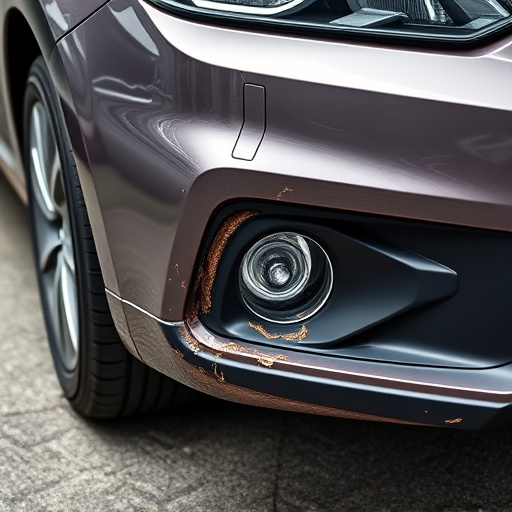
In 2025, the landscape of automotive repair services is significantly different from past years, thanks to technological advancements that are transforming even mundane tasks like windshield replacement. Innovations in materials science have led to the development of stronger, more impact-resistant glass options, ensuring faster and safer repairs. Automated systems and advanced robotics are also streamlining the installation process, reducing labor costs and enhancing precision.
These advancements make modern windshield replacement a far cry from traditional methods. Today’s auto maintenance involves sophisticated diagnostic tools that can quickly identify damage, enabling technicians to perform efficient car body repair. Moreover, with improved technologies, repairs can be executed with minimal disruption to the vehicle’s overall integrity, extending its lifespan and optimizing performance.
Environmental Impact: Sustainable Practices in Windshield Recycling and Disposal
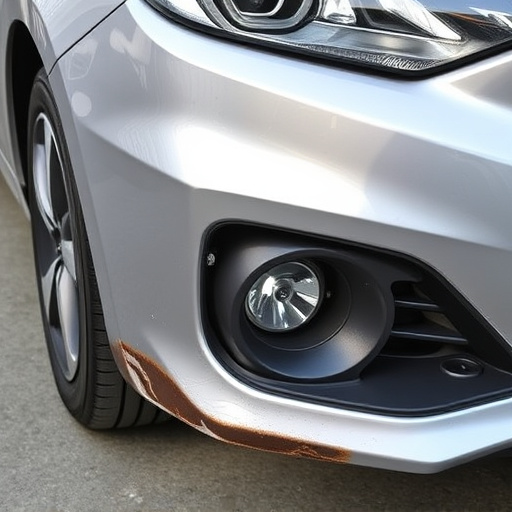
In recent years, environmental consciousness has played a significant role in shaping various industries, and the automotive sector is no exception. As we move forward into 2025, the process of windshield replacement is undergoing a green transformation to mitigate its ecological footprint. The traditional method of disposing of old windshields often involves sending them to landfills, contributing to environmental pollution. However, sustainable practices are now gaining traction in the industry, focusing on recycling and repurposing automotive glass.
This shift towards sustainability starts with responsible manufacturing processes that minimize waste generation. Advanced technologies enable the recovery of glass from end-of-life vehicles, which can be recycled into new windshields or other automotive components. Additionally, proper disposal methods ensure that harmful substances are handled safely, preventing soil and water contamination commonly associated with traditional landfill practices. Embracing these eco-friendly approaches not only reduces the environmental impact but also promotes a circular economy, where resources are conserved and reused in the car restoration and repair process, including scratch repair and car collision repair services.
In 2025, despite technological advancements, windshield replacement remains a vital aspect of automotive maintenance. As we navigate a world increasingly focused on safety, sustainability, and innovation, the quality and efficiency of windshield replacement processes continue to evolve. By prioritizing these key areas—safety, technology, and environmental stewardship—drivers can ensure they receive reliable, eco-friendly, and secure windshield replacements that enhance their driving experience and contribute to a greener future.


